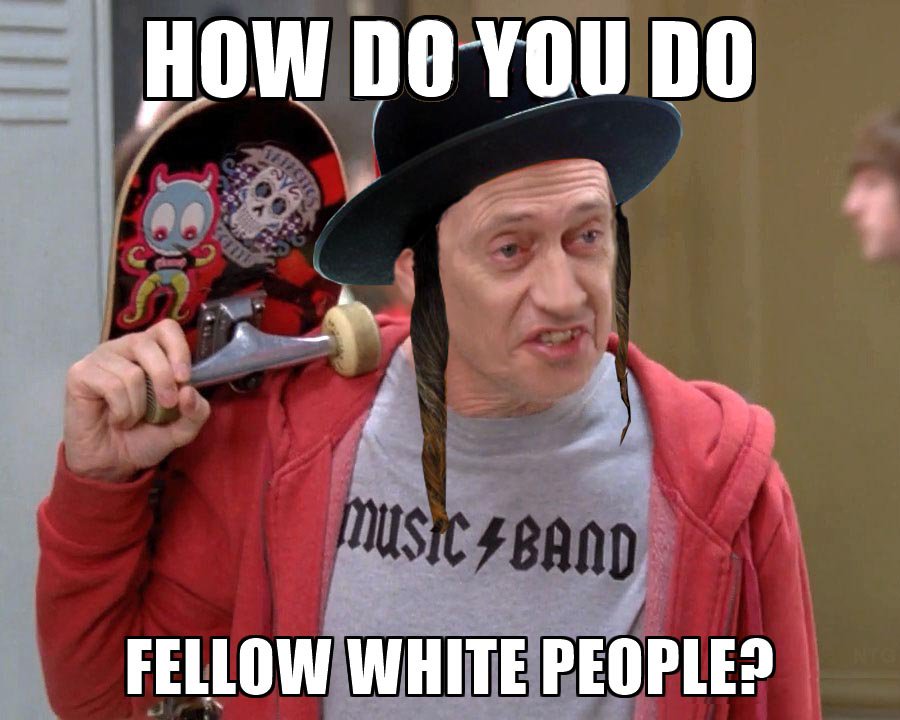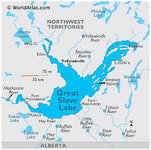Audio version; https://jumpshare.com/s/YrKCEORELYK2ecGdeCo0
Reviewed Grok text...
The divide between Western Europe and the United States goes beyond politics or economics—it’s a clash of worldviews rooted in genetic differences. From healthcare debates to gun laws, Europe and the US seem irreconcilable, a rift shaped by the self-selection of immigrants who left Europe for America. These migrants weren’t random; they were risk-takers and individualists, leaving behind a population inclined toward stability and conformity. Traits like risk-taking and individualism have a genetic basis, and these inherited differences have forged the distinct identities of Europe and the US.

Europe: Stability and Cohesion in the Genes
Western Europe’s regulatory, cohesive societies—like the EU’s GDPR or Scandinavia’s welfare states—reflect the genetic legacy of those who stayed. Studies tie heritable traits like conscientiousness and agreeableness to a preference for rules and social harmony. Europeans who didn’t migrate carried these markers, fostering a culture that values collective well-being over risk. This explains Europe’s lean toward progressive ideals and structured policies, often seen as bureaucratic or overly inclusive.

The United States: Freedom’s Genetic Blueprint
The US, by contrast, embodies the genetic traits of its immigrant founders—risk-taking and independence. Lower taxes, minimal welfare, and fierce liberty debates highlight a nation prizing individual freedom, fueling innovation like Silicon Valley but also chaos like gun violence. Genetic factors, such as dopamine variants linked to novelty-seeking, were abundant among those who crossed the Atlantic, shaping a society that celebrates exploration over cohesion.
Summary and Conclusion
The Europe-US divide is genetic at its core: immigration sorted risk-takers to America and left stability-seekers in Europe. These inherited traits drive Europe’s order and America’s freedom. Recognizing this could bridge the gap—Europe might adopt some dynamism, the US some safety nets—but for now, the Atlantic reflects a divide in DNA as much as in ideas.
Reviewed Grok text...
The divide between Western Europe and the United States goes beyond politics or economics—it’s a clash of worldviews rooted in genetic differences. From healthcare debates to gun laws, Europe and the US seem irreconcilable, a rift shaped by the self-selection of immigrants who left Europe for America. These migrants weren’t random; they were risk-takers and individualists, leaving behind a population inclined toward stability and conformity. Traits like risk-taking and individualism have a genetic basis, and these inherited differences have forged the distinct identities of Europe and the US.

Europe: Stability and Cohesion in the Genes
Western Europe’s regulatory, cohesive societies—like the EU’s GDPR or Scandinavia’s welfare states—reflect the genetic legacy of those who stayed. Studies tie heritable traits like conscientiousness and agreeableness to a preference for rules and social harmony. Europeans who didn’t migrate carried these markers, fostering a culture that values collective well-being over risk. This explains Europe’s lean toward progressive ideals and structured policies, often seen as bureaucratic or overly inclusive.

The United States: Freedom’s Genetic Blueprint
The US, by contrast, embodies the genetic traits of its immigrant founders—risk-taking and independence. Lower taxes, minimal welfare, and fierce liberty debates highlight a nation prizing individual freedom, fueling innovation like Silicon Valley but also chaos like gun violence. Genetic factors, such as dopamine variants linked to novelty-seeking, were abundant among those who crossed the Atlantic, shaping a society that celebrates exploration over cohesion.
Summary and Conclusion
The Europe-US divide is genetic at its core: immigration sorted risk-takers to America and left stability-seekers in Europe. These inherited traits drive Europe’s order and America’s freedom. Recognizing this could bridge the gap—Europe might adopt some dynamism, the US some safety nets—but for now, the Atlantic reflects a divide in DNA as much as in ideas.


